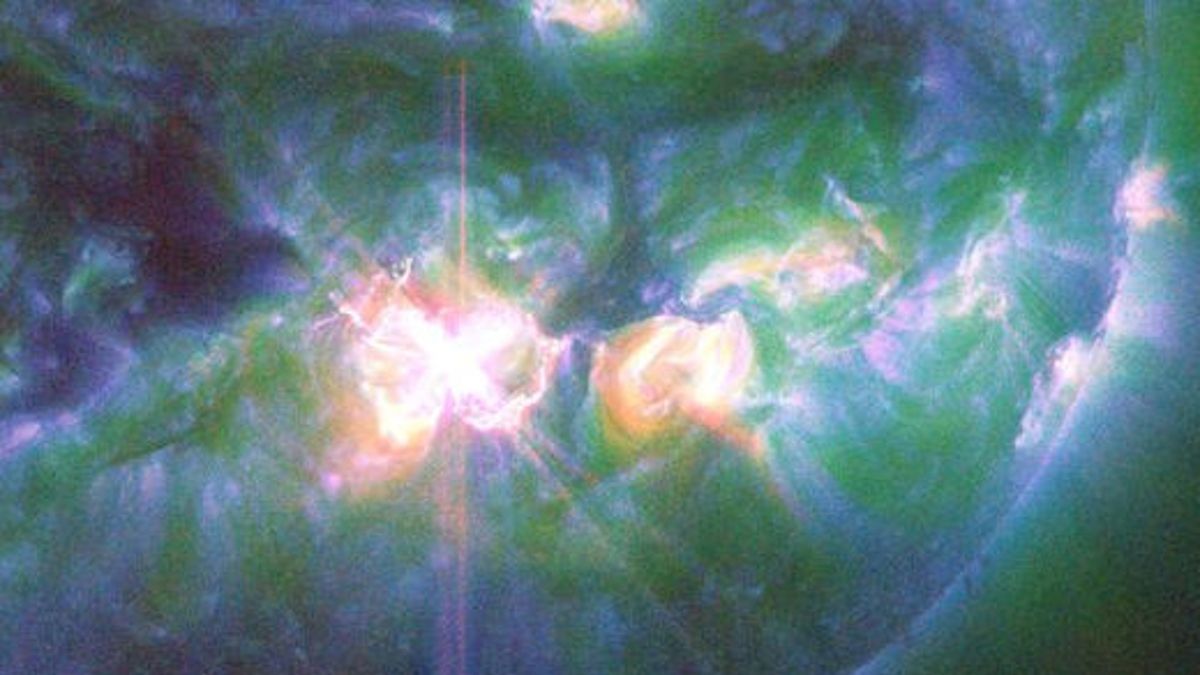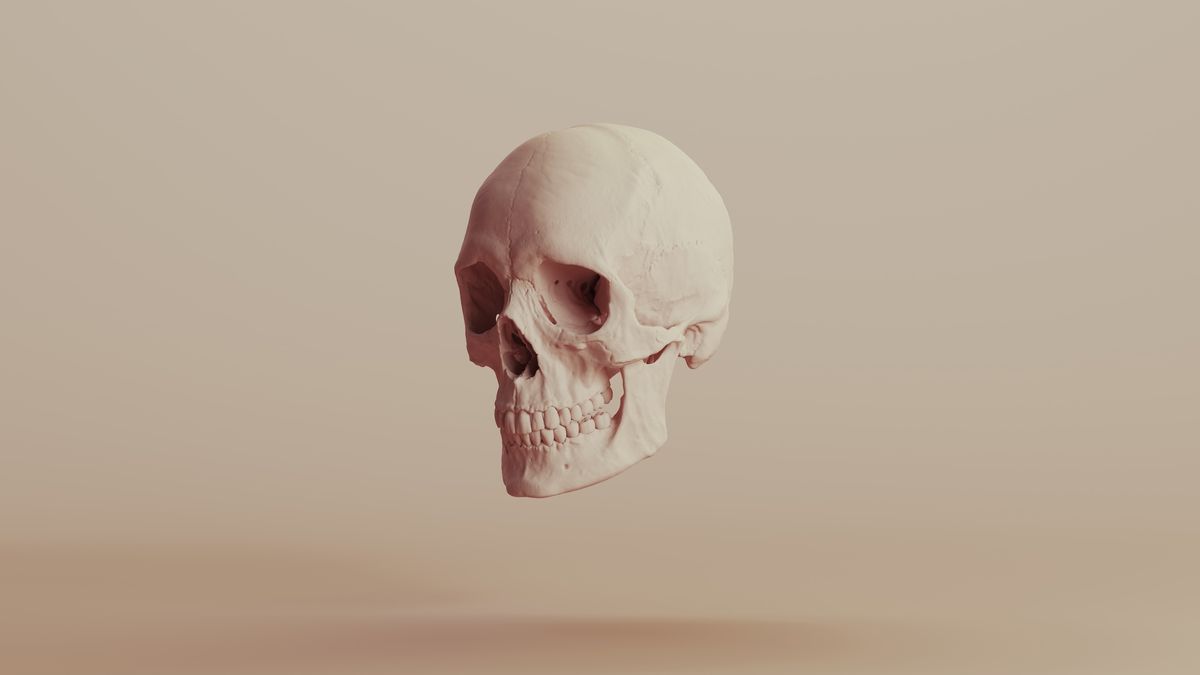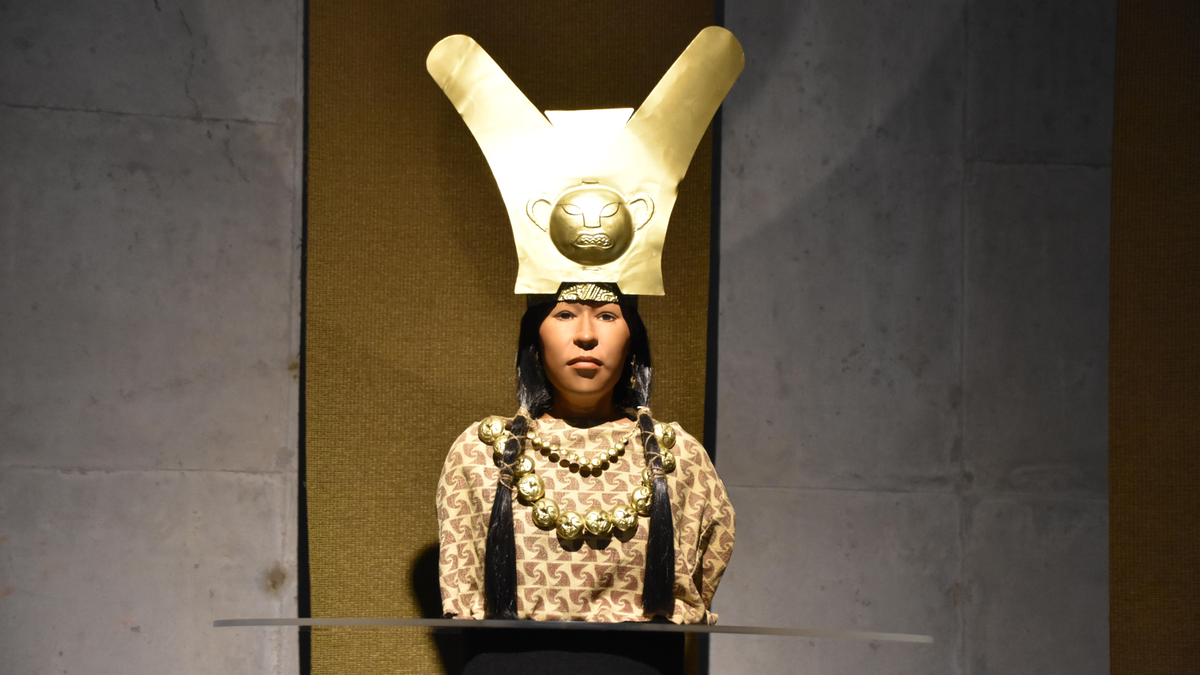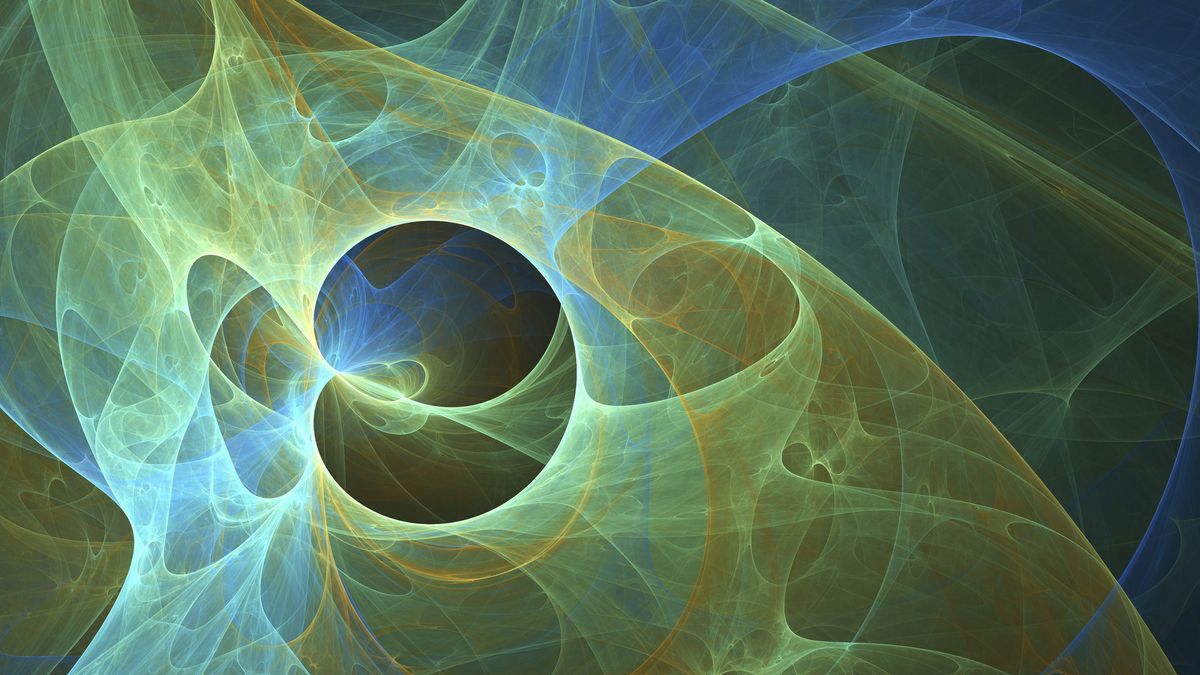Key specifications
Type: Mirrorless
Sensor: 25.2MP BSI CMOS
Lens mount: Micro Four Thirds
ISO range: 100 to 25,600
Viewfinder: Electronic, 3.68 million dots
Video capability: 5.8K 30 FPS 4:2:0, C4K/4K 60 FPS 4:2:2, FHD 240 FPS 4:2:2
Weight: 1.77 lbs / 805 g
Dimensions (in): 5.45 x 3.95 x 3.92
Dimensions (mm): 138.4 x 100.3 x 99.6
Memory card type: 1x SD/SDHC/SDXC (UHS-II), 1x CFexpress Type B
If you want to capture a variety of nature subjects, you will benefit from a versatile camera from a well-established system that offers a wide range of lenses. Micro Four Thirds (MFT) cameras are an option worth considering here, because although the cameras themselves can be as large and heavy as full-frame cameras, their lenses are significantly smaller and lighter.
The Panasonic Lumix GH7 is a flagship MFT camera that’s packed with professional features, and is ultimately aimed at hybrid shooters – those who shoot photos and videos. But despite offering advanced features in both areas, it’s also a camera that will suit the requirements of individuals who only shoot photos or videos.
Video is a significant part of what the GH7 has to offer, and includes internal recording up to 5.7K 30 FPS ProRes 422 HQ and ProRes RAW HQ. It even has a built-in cooling system to stop the camera from overheating during video capture.
The camera features a 25.2MP backside illuminated (BSI) CMOS sensor alongside excellent in-body Image Stabilization, weather sealing and a hybrid Phase Detection AF/Contrast AF system for fast and precise autofocus.
The GH7 is an expensive camera at $2,198 / £1,999 body-only, but it is a professional MFT camera with features and functionality aimed at advanced users. Lenses are, however, in many cases less expensive than full-frame alternatives, alongside being smaller and lighter.
With impressive ISO handling it’s one of the best astrophotography cameras, and with impressive autofocus including animal detection it’s also one of the best wildlife photography cameras.
Panasonic Lumix GH7: Design
- Direct access controls
- Functional but uninspiring design
- 3.0-inch vari-angle touchscreen
The Panasonic Lumix GH7 is a surprisingly large and heavy camera considering the small Micro Four Thirds sensor that the camera houses. This size and weight may seem strange, but on the other hand, the larger design does improve ergonomics and helps to effectively balance the camera when using larger telephoto lenses.
To give a little context, the GH7 measures 5.45 x 3.95 x 3.92 in / 138.4 x 100.3 x 99.6 mm and comes in at a weighty 1.77 lbs / 805g, so it’s slightly heavier than the Panasonic Lumix S5IIx. But when you consider that the Panasonic Leica DG Elmarit 200mm f/2.8 POWER O.I.S lens with a 400mm equivalent focal length weighs only 43.92 oz / 1,245 g and is incredibly compact, the overall combination is small and lightweight compared to full-frame equivalents.
The GH7 certainly hasn’t been designed with aesthetics in mind; instead, the design is functional with lots of direct access controls that help you to change the most commonly accessed settings easily. This is always a welcome approach for both photographers and videographers, with the more advanced features and settings tucked away within the menu system.
The GH7 has an internal cooling system that sits behind the 3.0 inch, 1.84-million-dot vari-angle touchscreen and is designed to avoid overheating when shooting Raw video. There’s also a full-size HDMI port, a headphone jack, a microphone jack and a USB-C port. Wireless connectivity includes Wi-Fi and Bluetooth, while for photo and video storage, there’s one SD/SDHC/SDXC (UHS-II) slot and a faster CFexpress Type B slot.
Panasonic Lumix GH7: Functionality
- High-res OLED viewfinder
- Excellent Image Stabilization
- Dual AF System

We’ve already covered some of the GH7’s video functionality, but expanding this further, video can be captured at 5.8K 30 FPS 4:2:0, C4K/4K 60 FPS 4:2:2 and FHD 240 FPS 4:2:2, with in-camera ProRes 422 HQ and ProRes RAW HQ capture available. Video can also be captured in standard color profiles for straight-out-of-camera footage that doesn’t require processing or color grading, which can be ideal for enthusiasts.
There are also many other professional video features available, including 32-bit float format recording for more advanced sound capture, although for this the optional Lumix XLR Microphone Adaptor DMW-XLR2 is required. Then there’s the Dynamic Range Boost function. With photos, this captures improved shadow detail, while for video it enables 13+-stop V-Log/V-Gamut recording. This could be useful when capturing photos or videos of wildlife in high-contrast situations.
LUTs (lookup tables) can also be applied to video in-camera to give you an idea of how flat and Raw footage might look once processed. You can also pair the camera with the LUMIX Lab app, with basic adjustments available including applying LUTs, and basic editing to make content sharing online quick and easy. Files are transferred using an ultra-fast Wi-Fi connection.
This is a camera that’s built for high performance, and the hybrid Phase Detection AF/Contrast AF system provides fast, precise autofocus with an impressive 779 AF points. AF also includes subject detection, which works well and was tested with the Animals option selected, for accurate focusing when shooting birds and squirrels.
The GH7’s electronic viewfinder (EVF) provides a resolution of 3.68 million dots for a clear image, with a display speed of 120 FPS or 60 FPS. When it comes to shooting speed, you have to switch to the electronic shutter for continuous shooting speeds of up to 75 FPS, while the mechanical shutter provides up to 14 FPS. The latter is more than enough in most situations, but having faster continuous shooting available could still be useful.
For handheld shooting, the GH7 offers up to 7.5 stops of highly effective in-body Image Stabilization that works with all lenses. This can be further enhanced when using lenses with optical Image Stabilization, where you can use both types of stabilization together. The effective amount remains at 7.5 stops, however, rather than increasing as you might expect.
Panasonic Lumix GH7: Performance
- 25.2MP BSI CMOS sensor
- Impressive image quality
- ISO range 100-25,600
Micro Four Thirds sensors are smaller than full-frame and APS-C, but that doesn’t mean they’re not packed with features. The GH7 sports a 25.2MP backside illuminated (BSI) CMOS sensor, paired with the Venus processing engine for performance and high ISO noise handling. Traditionally, MFT sensors weren’t great at higher ISO settings, and full-frame was previously the better option for low-light photography.
They’re still not quite as good as larger sensors with a similar resolution, but don’t let that put you off because the GH7 is a capable performer when shooting at high ISO levels. The native ISO range of the camera is narrower than many cameras these days at 100 to 25,600, but in reality, this is more than enough for most people and covers many situations.
During testing, while shooting wildlife with the 200mm f/2.8 lens, images taken at ISO 4000 look great with fine detail still visible. When shooting the aurora borealis and landscape scenes under the light of a full moon, only ISO 800 and 400 were required, respectively, when the camera was paired with the 15mm f/1.7 lens.
One thing to consider with MFT cameras is that the crop factor is 2x, so the 200mm lens equates to 400mm and the 15mm to 30mm. This in part helps to keep the size and weight of lenses low, and the increased depth of field MFT produces compared to full-frame cameras is useful when shooting night sky photography.
This is because both foreground elements and the stars can be captured sharp and in focus, even when shooting at f/1.7 or wider. Overall, image quality is impressive for both photo and video capture and the GH7 is ideal for wildlife, nature, landscape and astrophotography.
Should you buy the Panasonic Lumix GH7?
Micro Four Thirds cameras, like any camera system, are suitable for shooting most, if not all subjects. They’re not the most obvious choice for night sky photography, because their smaller sensors have a greater pixel density and smaller pixels than larger sensors with a similar resolution, but the GH7 does perform well at higher ISO levels despite this.
What makes this camera particularly useful for nature photography in the wider sense are the features on offer, alongside the compact and lightweight nature of the lenses. The benefits of having a smaller, lighter setup overall when shooting on location, especially when working with longer telephoto lenses, can’t be overlooked.
If the Panasonic Lumix GH7 isn’t for you
The Panasonic Lumix S5IIx is a full-frame Lumix camera featuring a 24.2MP CMOS sensor. It’s slightly lighter and less expensive than the GH7, but the lenses are naturally larger and heavier.
If you’d like an alternative MFT camera with professional credentials, the OM System OM-1 is another hybrid powerhouse. It can use Panasonic as well as OM System lenses and is less expensive than the GH7.
The Sony A7 IV is another hybrid powerhouse packing in a 33MP full-frame BSI CMOS sensor. The video specs aren’t quite on par with the GH7, but for nature photography, it’s worth considering.
















